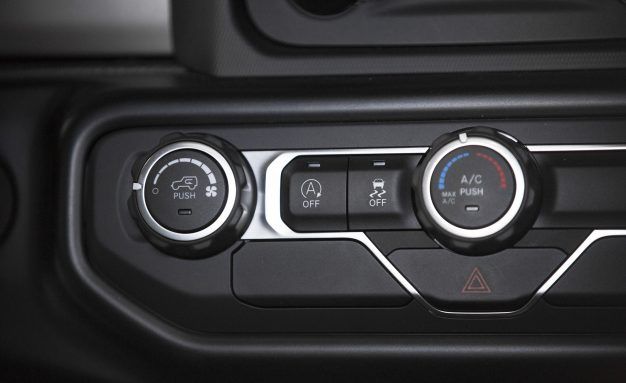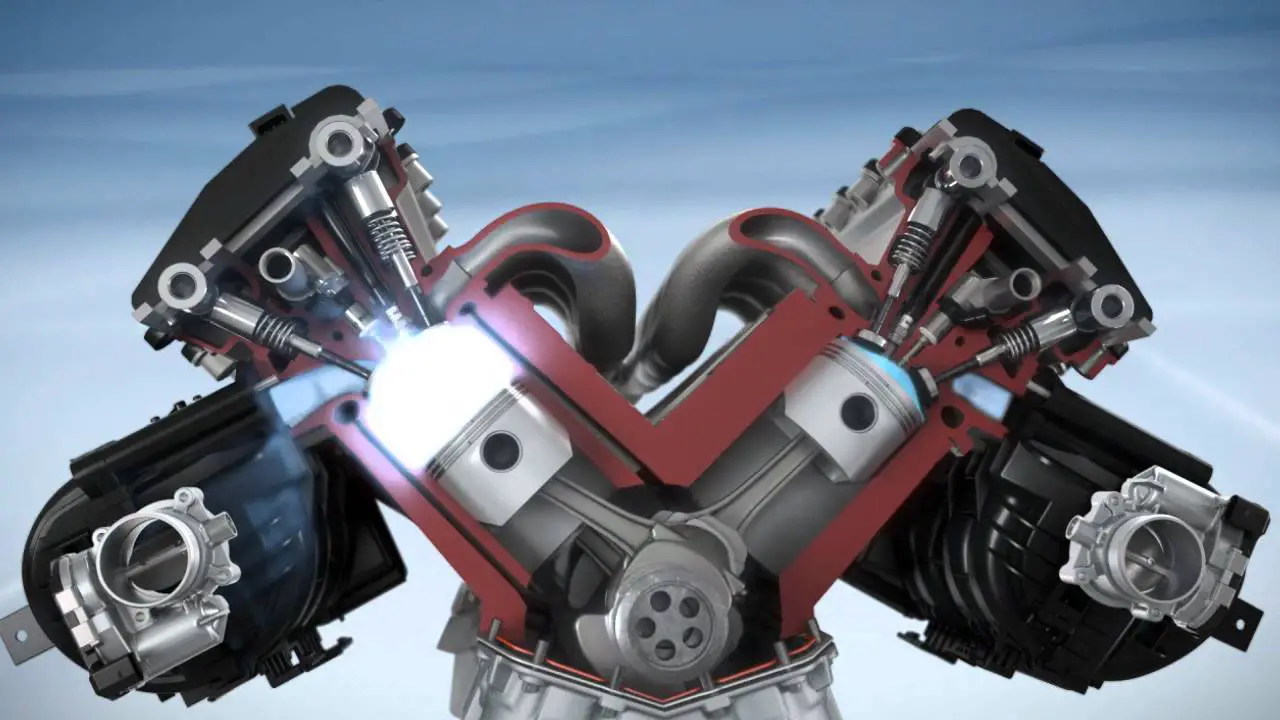Last Updated on May 13, 2023 by Ryan
The first step is to find the cylinder deactivation switch. This is usually located on the dashboard or near the shifter. Once you have found the switch, simply flip it to the “Off” position.
This will disable cylinder deactivation and your engine will run as normal.
- Locate the cylinder deactivation switch
- This is usually located on the dashboard or near the shifter, depending on the vehicle
- Turn the switch to the “Off” position
- This will disable cylinder deactivation, meaning all cylinders will fire regardless of engine load
- Enjoy the increased performance and fuel economy that comes with having all cylinders working together!
S2E16: We deactivate cylinders on our Saturn and test the car for performance and MPG
5.3 Cylinder Deactivation Delete
5.3 Cylinder Deactivation Delete
Hello, and welcome to my blog post about cylinder deactivation delete! In this post, I will be discussing what cylinder deactivation delete is, why you might want to do it, and how to go about doing it.
Cylinder deactivation is a process whereby some of the cylinders in an engine are temporarily shut off so that they are not firing. This can save fuel and improve efficiency when the engine is under light load. For example, if you are driving at a constant speed on the highway, only half of your cylinders may be firing.
When you exit the highway and come to a stoplight, all of your cylinders will be firing again.
Cylinder deactivation delete is the removal of the system that controls cylinder deactivation. This means that all cylinders will always be firing, even when under light load.
There are a few reasons why you might want to do this:
1) You may want more power available at all times. If you frequently find yourself needing more power than what cylinder deactivation provides, then deleting it may be a good idea.
You Can See:
Chevy 8 Cylinder to 4 Cylinder Problems
If you’re having Chevy 8 cylinder to 4 cylinder problems, there are a few things you can do to troubleshoot the issue. First, check your spark plugs and wires to make sure they are in good working order. Next, check your fuel injectors to see if they are clogged or dirty.
Finally, check your engine compression to see if it is low. If all of these things check out, then it’s likely that your problem lies with the timing belt or chain. If your timing belt or chain is damaged or worn, it can cause your engine to misfire, which will result in a loss of power.
To fix this problem, you’ll need to replace the timing belt or chain.
Should I Disable Afm
If you’re like most people, you probably don’t know what AFM is. And that’s okay! AFM stands for Automatic File Management and it’s a feature of Microsoft Windows that helps manage your hard drive space.
When AFM is enabled, Windows will automatically move files from your hard drive to an external storage device (like a USB flash drive) when it detects that your hard drive is getting full.
So should you disable AFM? That depends on how you use your computer.
If you frequently store large files on your hard drive, then disabling AFM can help you avoid running out of space. However, if you rarely store big files or if you have plenty of room on your hard drive, then there’s no need to disable AFM.
In the end, it’s up to you whether or not to disable AFM.
If you’re not sure which option is best for you, we recommend leaving it enabled and only disabling it if you run into problems with hard drive space in the future.

Credit: www.caranddriver.com
Can Active Fuel Management Be Turned Off?
Active Fuel Management (AFM) is a system used by General Motors to improve fuel economy. The system allows the engine to operate on fewer cylinders when full power is not needed, such as during highway cruising. This reduces fuel consumption and emissions.
The AFM system can be turned off, but doing so may decrease fuel economy and increase emissions. It is best to leave the system on unless it is causing problems. If AFM is causing engine misfire or other issues, the system can be turned off with a special tool from GM dealerships.
Does Cylinder Deactivation Hurt Your Engine?
Cylinder deactivation is a fuel-saving technology that is used in some modern engines. When activated, it shuts off one or more of the engine’s cylinders when they are not needed, such as during highway cruising. This reduces fuel consumption and emissions without sacrificing power or performance.
However, there is some debate over whether cylinder deactivation is actually good for your engine. Some argue that it can cause wear and tear on the engine, as well as increased emissions when the cylinders are reactivated. Others claim that cylinder deactivation is perfectly safe and can even extend the life of your engine by reducing wear and tear.
So, what’s the truth? Does cylinder deactivation hurt your engine?
The answer appears to be that it depends on how you drive.
If you frequently accelerate hard and put stress on your engine, then cylinder deactivation may shorten its life span. However, if you drive smoothly and avoid putting stress on the engine, then cylinder deactivation should not cause any problems. In fact, it may even help extend the life of your engine by reducing wear and tear.
Can Ford Cylinder Deactivation Be Turned Off?
Yes, Ford cylinder deactivation can be turned off. This feature is designed to save fuel by shutting off cylinders when they are not needed. However, some drivers find the engine noise produced by this system to be annoying.
If you wish to turn off cylinder deactivation on your Ford vehicle, consult your owner’s manual for instructions.
Can You Turn off Mazda Cylinder Deactivation?
Mazda’s cylinder deactivation system is a fuel-saving technology that can be found on some of the automaker’s gasoline engines. The system works by temporarily shutting down half of the engine’s cylinders when full power is not needed, such as when a vehicle is cruising at a steady speed. This reduces fuel consumption and emissions without compromising performance or drivability.
While Mazda’s cylinder deactivation system is designed to be transparent to drivers, there are some ways to tell if it’s active. For example, the engine may sound slightly different when operating in four-cylinder mode. Additionally, a light on the instrument panel will illuminate when the system is active.
Despite its benefits, there are some drawbacks to Mazda’s cylinder deactivation system. One is that it can add complexity to an engine, which can lead to increased maintenance costs down the road. Additionally, the system may not work as well in cold weather or at high altitudes, where oxygen levels are lower.
As such, it’s important to consult your owner’s manual before using cylinder deactivation in these conditions.
Overall, Mazda’s cylinder deactivation system is a useful fuel-saving technology that doesn’t sacrifice performance or drivability. However, it’s important to be aware of its limitations before using it in all situations.
Conclusion
Cylinder deactivation is a fuel-saving technology that can be found in some modern cars. When activated, it allows the engine to run on fewer cylinders when full power is not needed, such as when cruising on the highway. This can result in significant fuel savings.
To turn off cylinder deactivation, consult your car’s owner’s manual. In most cases, there will be a switch or button that you can press to disable the feature. Once disabled, the engine will always run on all cylinders.



